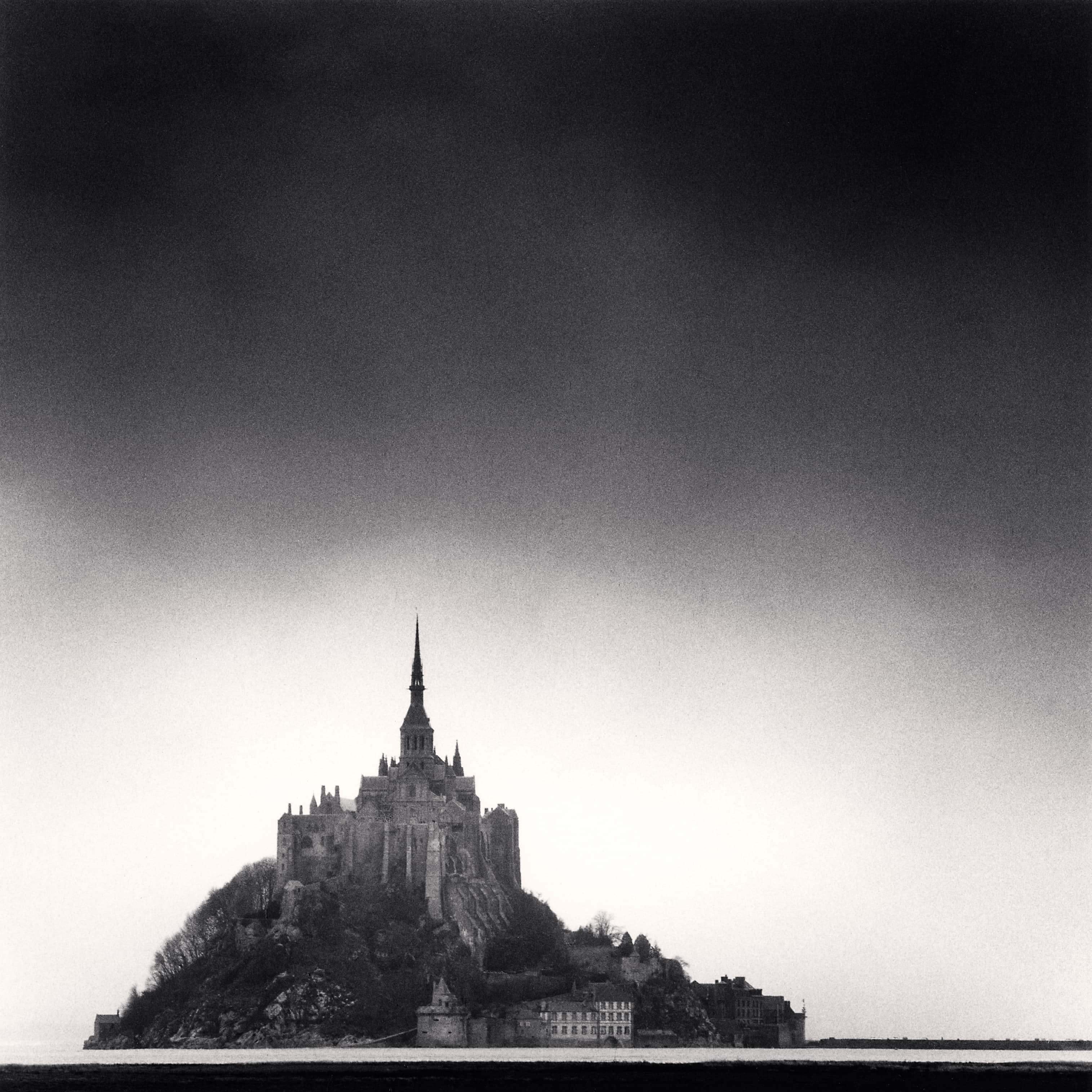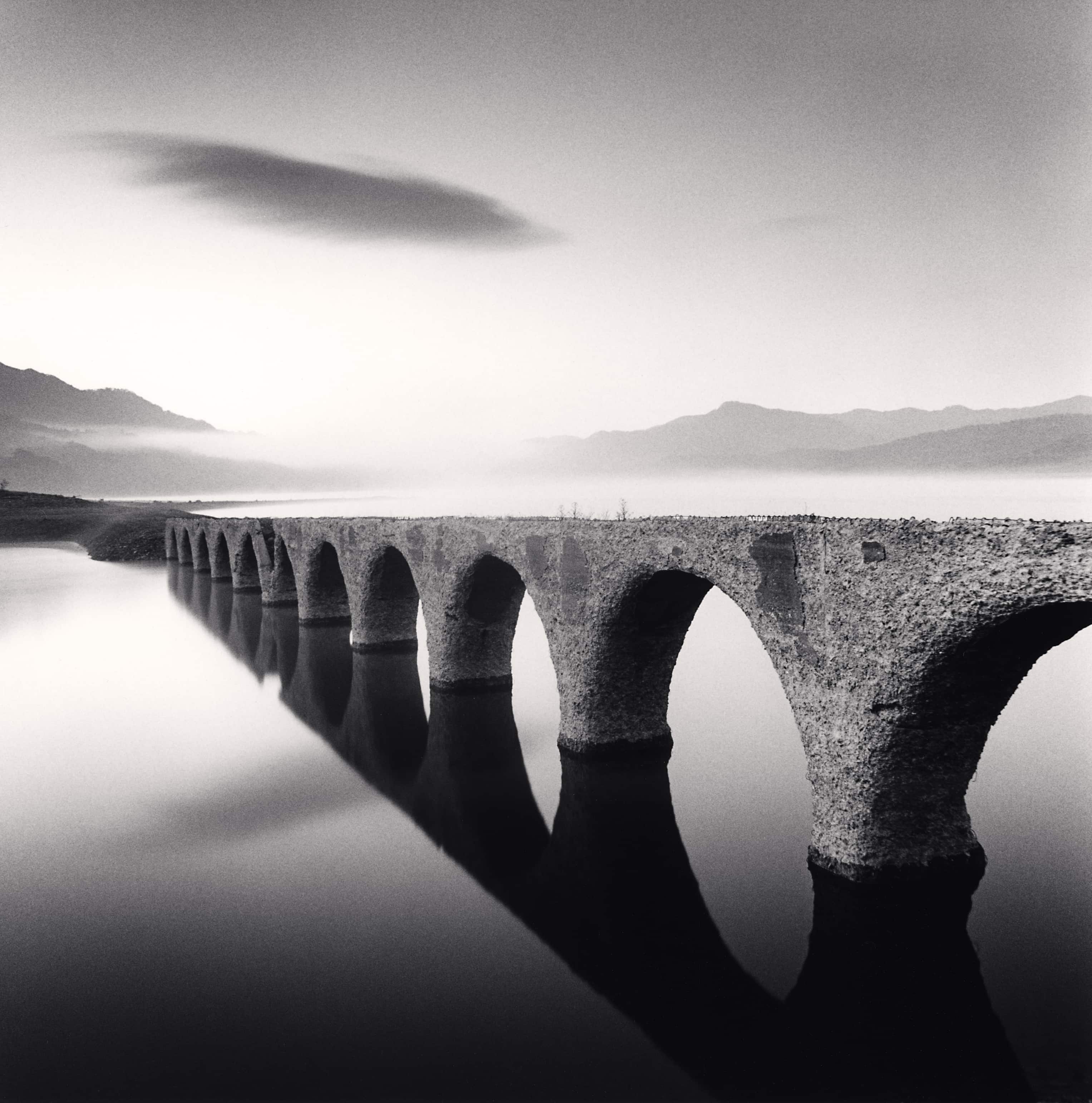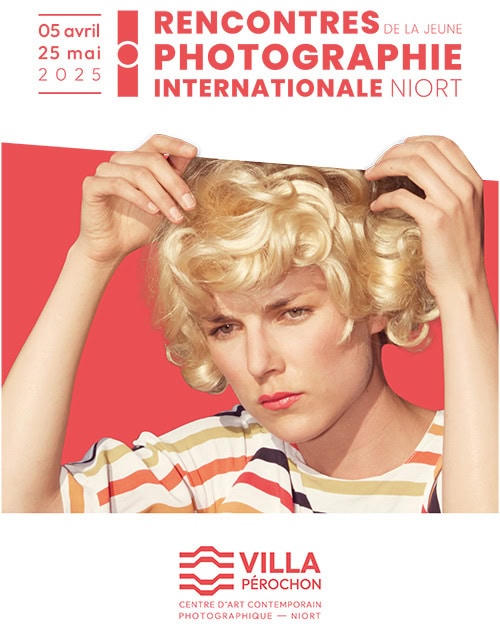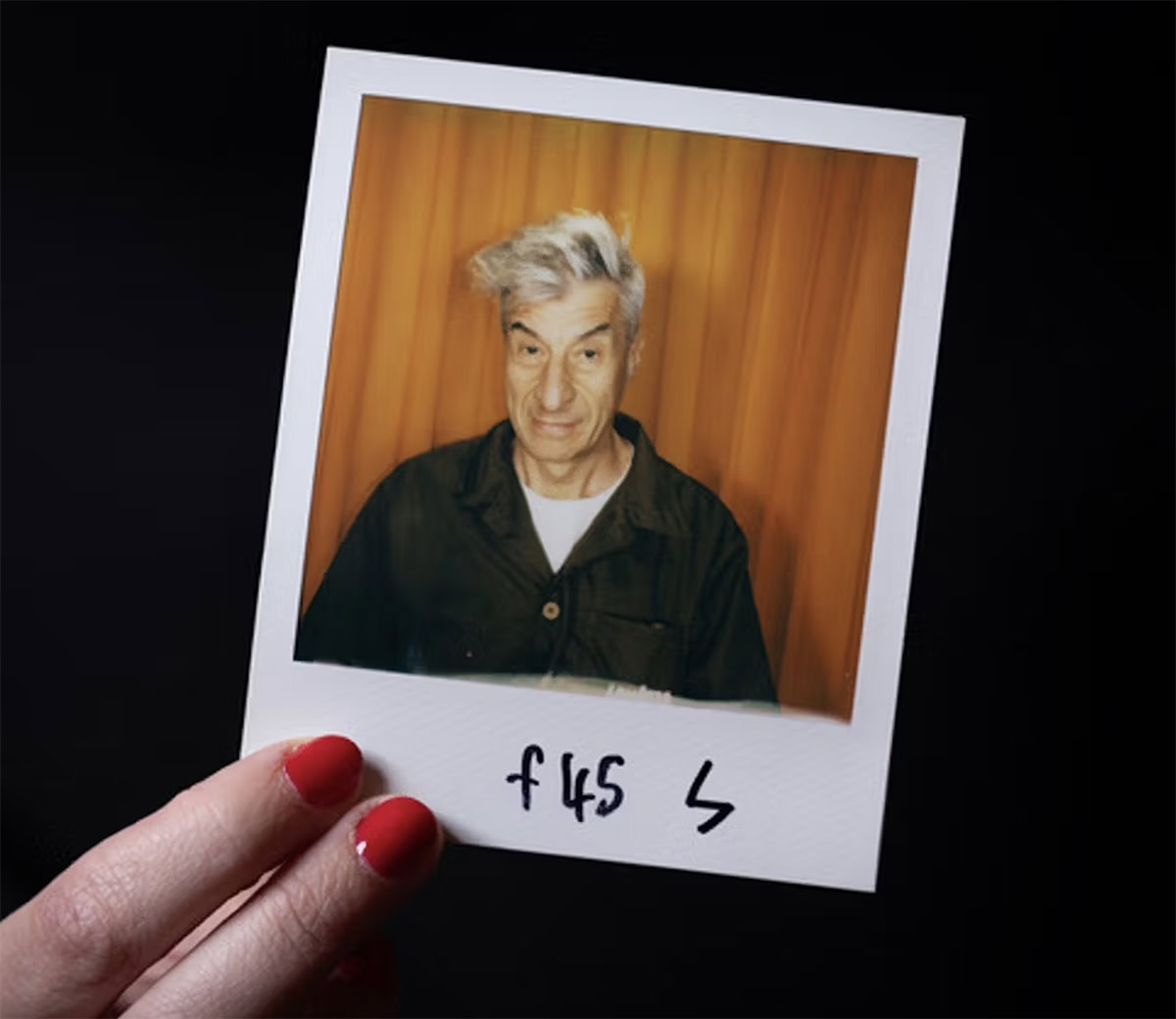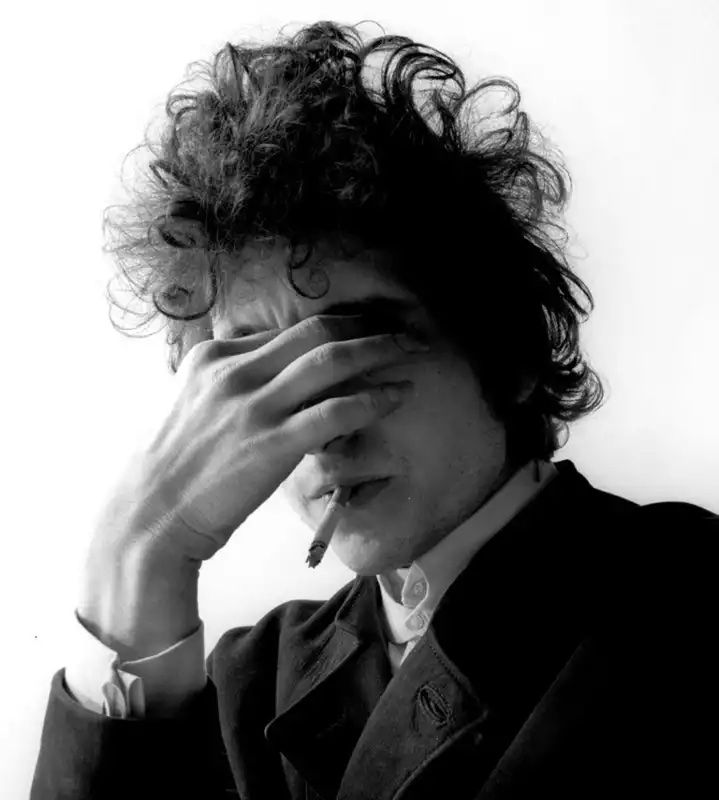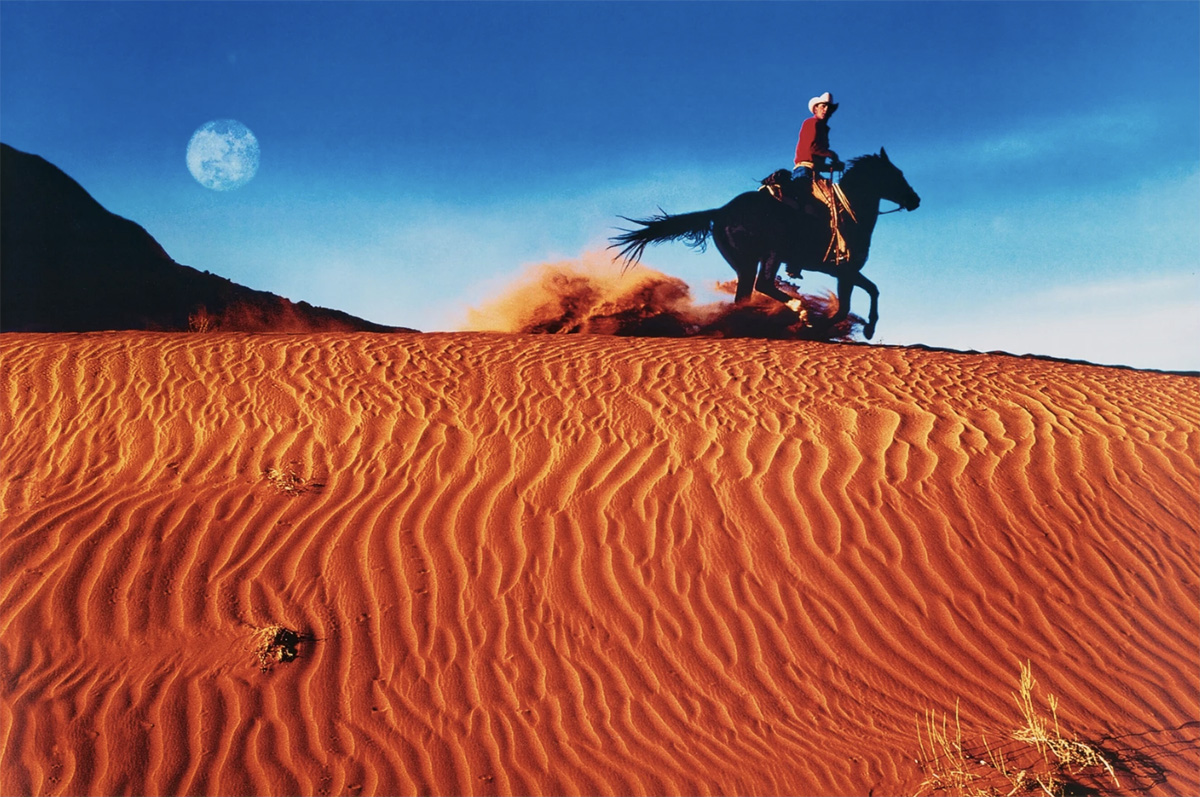Michael Kenna and Eugène Atget in the Gardens of Versailles
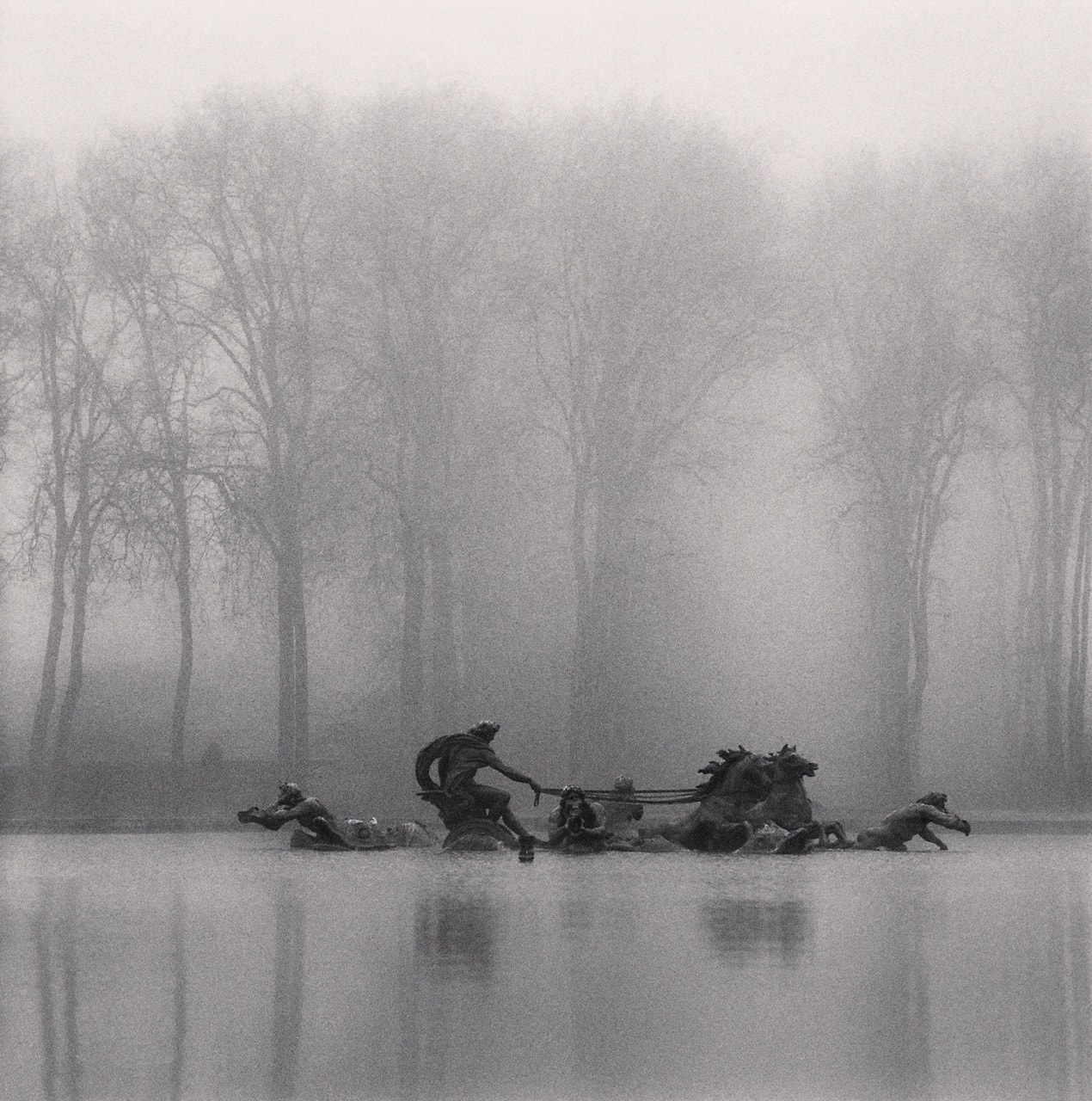
As we prepare for our pop-up exhibition next month, ‘Michael Kenna: New Works From Japan‘, we are taking a look at the photographer’s work from another country close to his heart—France. Kenna cites the nineteenth-century photographer Eugène Atget as an essential influence on his work and pays explicit homage to the master in his series at the gardens of the Palace of Versailles.


As he stated in an interview, “I went to France and studied Le Nôtre Gardens, Paris… the places where [Atget] actively photographed. This was a part of my photographic education.” The geometry of Kenna’s minimalist studies of rows of hedges emerges from his appreciation of the haunting atmosphere of Atget’s views of Parisian parks.
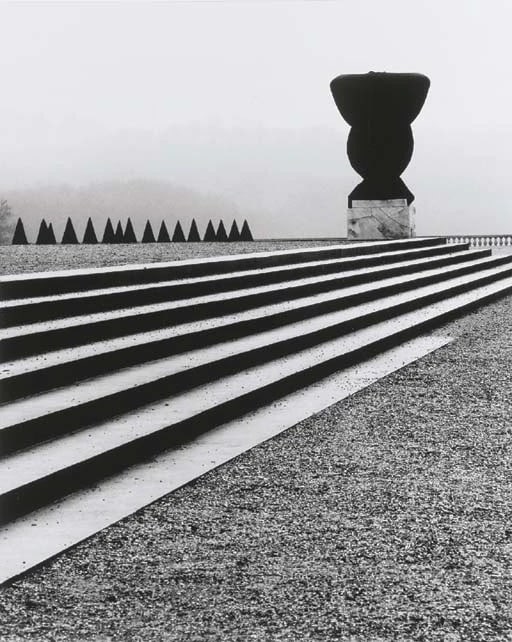

Like Atget, Kenna is attracted to photographing liminal spaces, where urban meets rural and cultivated meets wild. For this reason, the gardens and parks surrounding the grand chateaux of northern France are recurring motifs in his oeuvre. In an homage to Atget, Kenna directs his lens at these otherwise overlooked scenes, “Parks and gardens are the quintessential intimate landscapes”, he states, “People use them all the time, leaving their energy and memories behind. It’s what’s left behind that I like to photograph.” He is fascinated by the trace left by human interaction, opening an intimate window into a familiar landscape that is then reimagined through his lens.


André Le Notre’s seventeenth-century garden at Versailles provides an archetypical crossover space in which nature is sculpted to human want. In ‘Bassin de Latone’ the silhouetted sculpture of the goddess Latona stretches out her arms towards the grand mist-shrouded gardens: she appears a symbol of art looming over the artificially created landscape. Latona is our focal point, the light contrasting to anchor her figure amongst a blurred background, encouraging the viewer to discuss her stature as a goddess, and the power she holds not only in myth but in this image. This romantic vision of the Versailles garden conveys the juxtaposed atmosphere of a dramatic landscape, with the softness and whimsy achieved by balancing on the line of light and dark. Shrouded in the half-light of dawn, the photographer evokes not only the structural nature of the French royal gardens but interjects a sense of dreamlike fantasy.

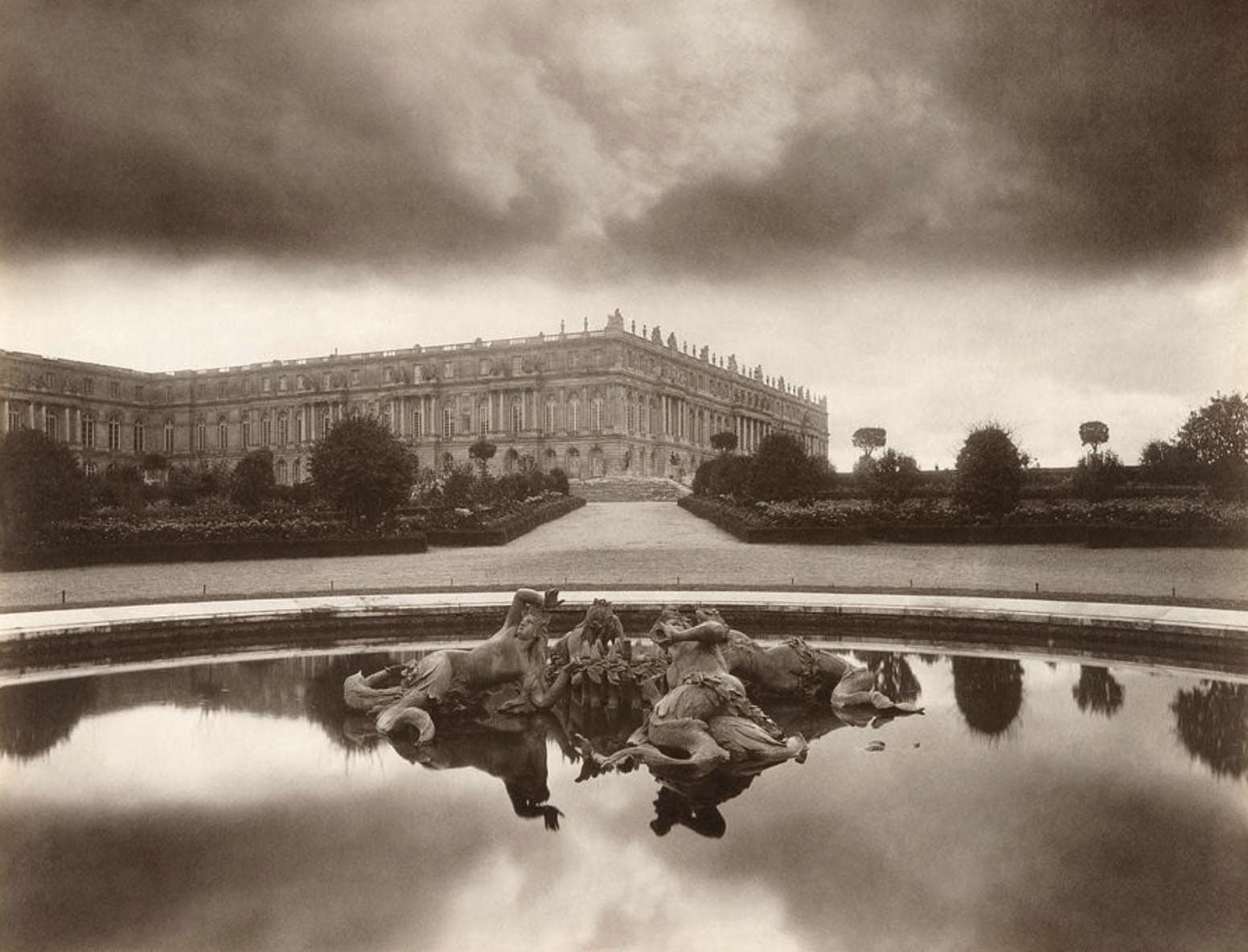
Kenna’s unique style repositions an ordinary scene, photographing a seemingly simple subject matter and inverting it to arouse theatrical tension. Similar to Atget’s photographs, this theatrical tension is always at play in Kenna’s photographs: “I often use the analogy of the stage. I like to photograph before the characters and the actors come on the stage, and after they’ve left. I like the presence, the atmosphere that’s left, and the tension.”
FeaturedMichael Kenna

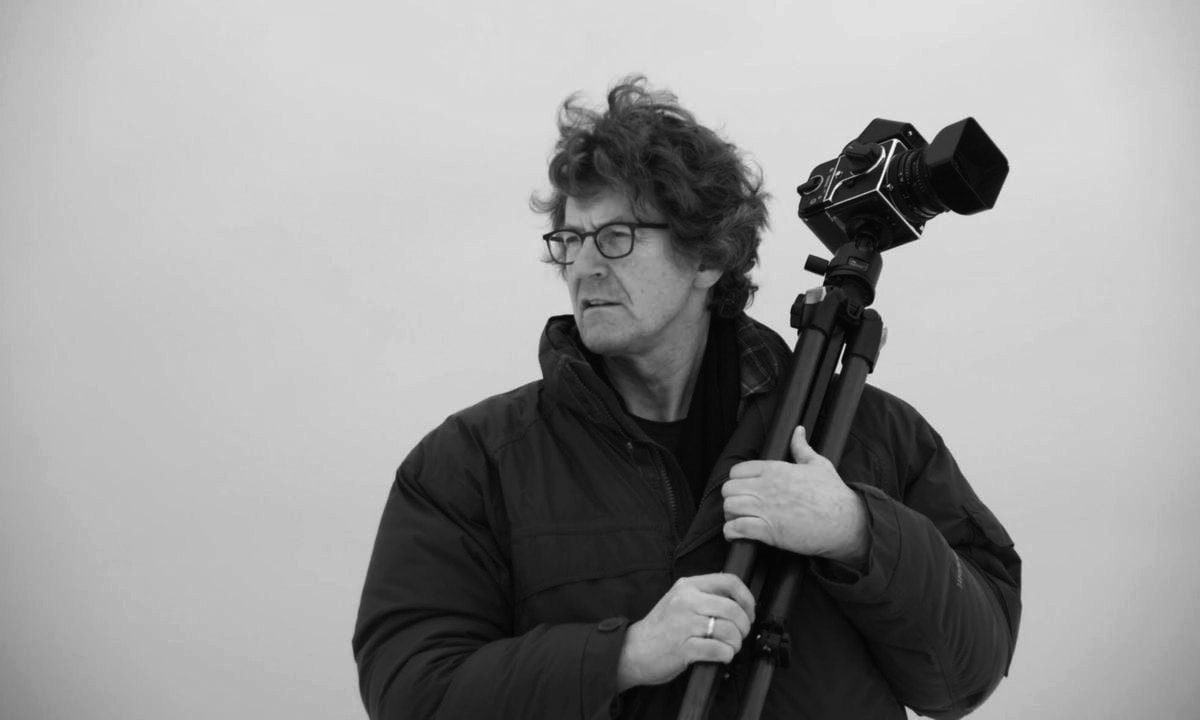
The ArtistKenna prefers to photograph on his own, in silence, creating a sense of calm, solitude and tranquillity in his photographs. As he stated, “I prefer suggestion over description. The world is pretty chaotic, seemingly always speeding up and getting louder and more visually dense. I am interested in finding and/or creating calm shelters from the storm, places where quiet and solitude is encouraged and inner contemplation possible.”
Michael Kenna

